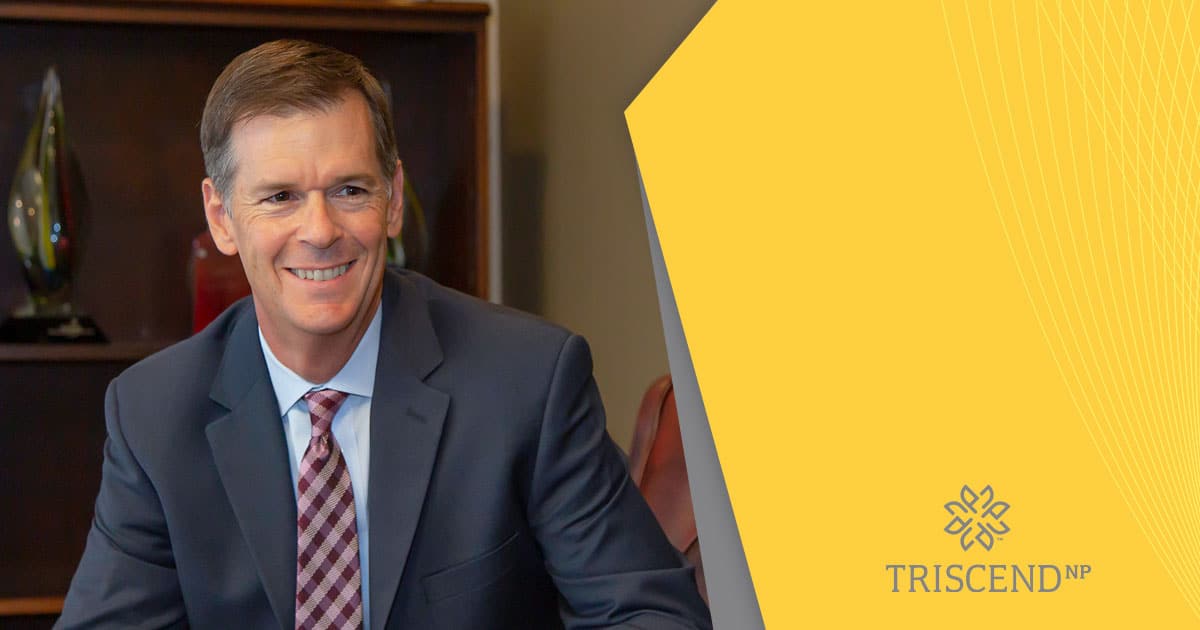Senior executives and boards of tax-exempt organizations operate in complex environments and are expected to make important decisions on a daily basis. While infrequent, decisions related to retention and retirement benefits for key executives are no less critical, often rise to the level of strategic, and must be made considering the conflicting interests of the parties. As such, these decisions require careful consideration, a defined process that includes collection and analysis of all pertinent information and deliberations that are free from bias. As significant as these decisions are, the majority of clients with whom we work have failed on at least one of these dimensions.Given that we are unaware of our own biases, this can be quite the challenge.
The availability of immense amounts of information is supposed to make decisions more informed. However, this “information overload” can force executives to rely on heuristics (or mental shortcuts) as a way to cut through extraneous information to what matters in a particular decision. While these short cuts could increase efficiency, it does not necessarily lead to optimal choices and can include numerous biases. The desired result cannot be guaranteed, but the key is to ensure that we are not our own worst enemy and work to improve the likelihood of success with a disciplined decision-making process.
We have worked with hundreds of employers and executives over the last decade and had the opportunity to observe their decision-making practices. What has emerged from these observations and experience are a recurring set of common issues that, in many cases, lead both organizations and executives to make sub-optimal choices with the potential for substantial negative economic consequences. Below, we list some of the more common issues we have seen along the way with a description so employers and executives can recognize these problems and take measures to avoid certain biases.These are presented within the context of retention and retirement benefits for a tax-exempt organization’s most crucial employees.
Lack of a Defined Process and Criteria:
- In our experience,most organizations (especially senior executives and board members) tend to make decisions based on instinct and experience and do not have a formal decision process in place.
- If organizations do have processes,they tend to be designed to gather data and information frequently in the form of a request for proposal (RFP).
- Very rarely do organizations take the next step and develop a process and method to receive this data, synthesize it into usable information and turn it into a decision.Some organizations involve outside professionals to assist with these processes,but this is not the norm.
- A decision has not occurred unless the process results in action and the inability to execute is often the result of a faulty process.Frequently, organizations fail to involve the proper constituencies and leaving out essential individuals can lead to the inability to act on a decision.
Placing too Much Value on the Status Quo:
- Behavioral economics gives this misconception a number of names from the endowment effect to status quo bias, but the bottom line is we tend to overvalue what we currently have and fear the potential loss of what we have. That is, we tend to expend more effort toward loss aversion rather than gain seeking. We see this bias time and again where existing supplemental retention and retirement arrangements are flawed (either through structure or assumptions) and not likely to produce the anticipated results. Even with rigorous analysis, many employers and executives cling to these legacy arrangements though the consequences are negative for both the organization and the executive.
- Because of the attachment to the status quo, many organizations and executives take measures to prove that the status quo is the best alternative. This approach is acceptable so long as another decision making flaw (confirmation bias) does not cause the parties to seek out only information that supports their position.This affinity to the status quo is very common in both business and personal decision making.
Failure to Under stand Sunk Costs:
- Have you ever heard someone say, “we have invested too much time and effort into this project to quit now”?Absent compelling evidence that continuing is the best go forward decision, past investment and effort is not a good reason to proceed with a project or course of action that is not meeting expectations.
- Resources consumed in the past should have no bearing on a choice about the future. The sunk cost fallacy is also one of the more common biases we encounter.
Failure to Identify Conflicts of Interest:
- Given the significant demand on their time, we frequently observe decision-makers seeking to avoid exerting the mental energy it takes to make complicated decisions and opt for the most simple solution.
- While this bias can be used for good in many instances, it can also lead to poor decisions and conflicts of interest, especially in important or strategic decisions.
- Among the most common instance of this bias is the use of the same party (firm) to perform compensation consulting in addition to the implementation of the associated executive retention and retirement packages.
In the realm of complex decisions, certainties do not exist,and a decision-making process no matter how well designed and executed will change this fact. What a well thought out process does do is increase the probability that decisions will result in the desired outcomes. Our intent is not to re-write material on a subject that has been researched for decades but to demonstrate how we see these and other biases enter into and affect decisions related to our field of work. In a series of subsequent articles, beginning in May,we will explore several of these issues further in case study style examples.





